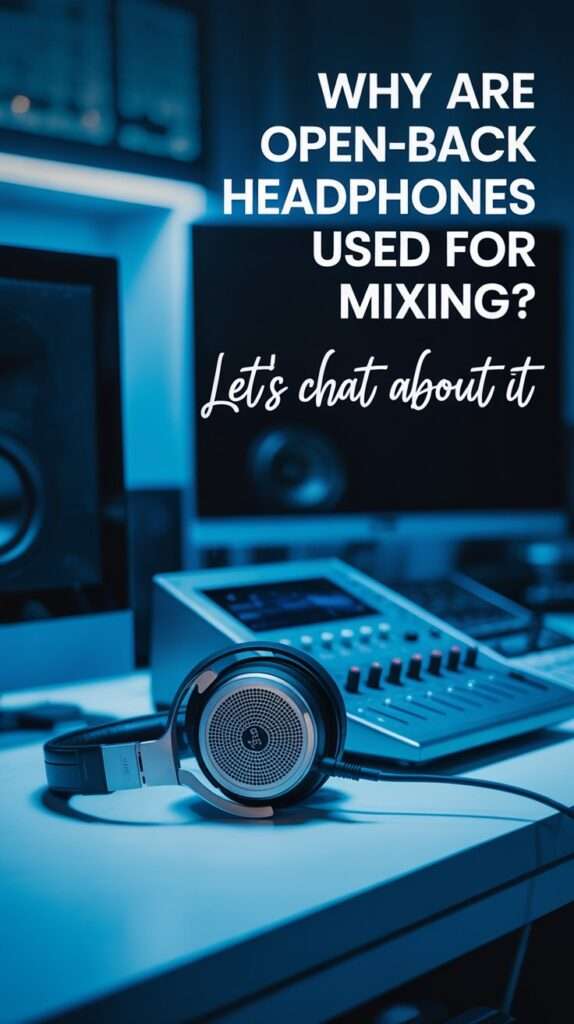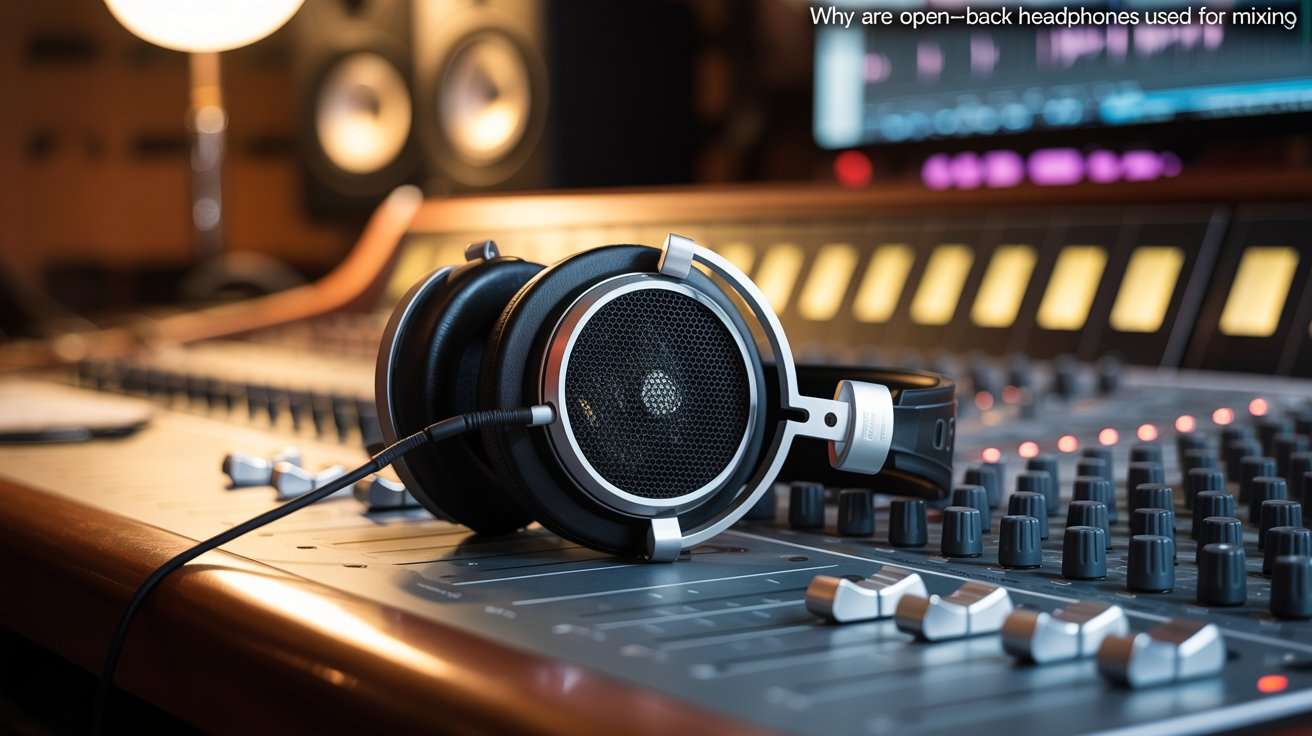Hey, fellow audio enthusiast! Ever find yourself stuck wondering why everyone obsessed with mixing seems to swear by open-back headphones? It feels like a secret society, right? Well, pull up a chair because I’m about to spill the beans in a way that’s way more fun than a technical manual. Trust me, I’ve been down this rabbit hole, and I’m here to make this clear and maybe even a little entertaining.
What Makes Open-Back Headphones So Special for Mixing?
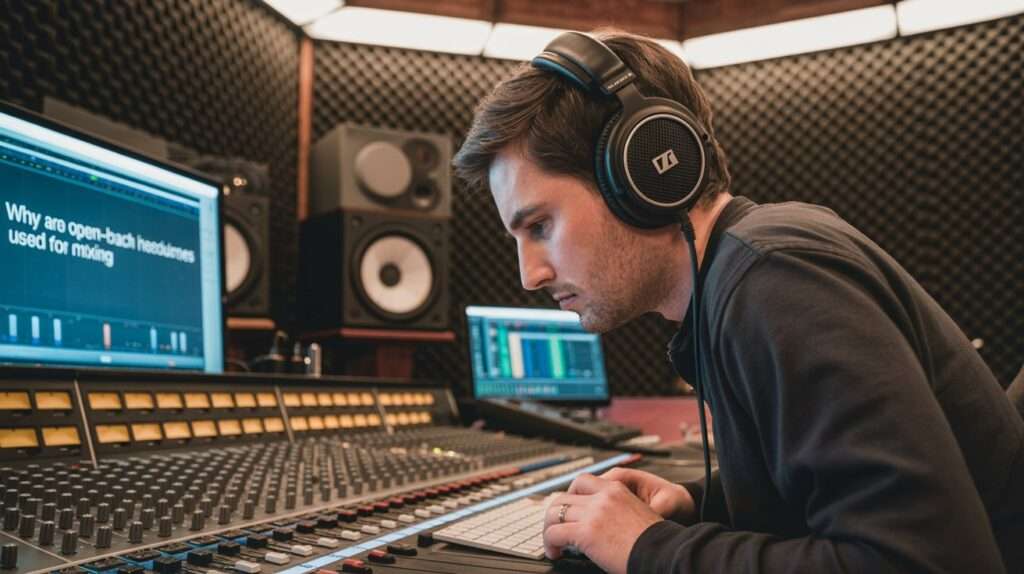
You’ve probably heard that closed-back headphones block noise like a champ, but open-backs? They let air and sound flow like a gentle breeze. Sounds counterintuitive, doesn’t it? Why let sound escape when you want to concentrate on your mix?
1. The Magic of Open-Back Design
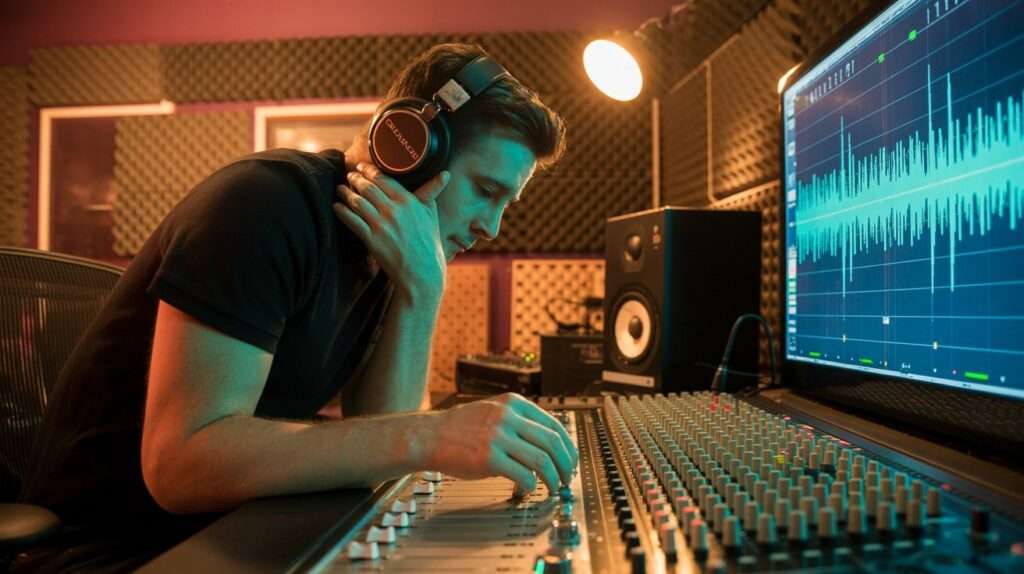
Open-back headphones have ear cups with grills or perforations. This design lets sound leak out and ambient noise leak in. Instead of feeling like you’re in a vacuum, you get this more natural, spacious sound. Mixing is all about hearing your music as your audience might in a real room, not trapped inside your head.
Imagine you’re mixing in a well-treated room versus a tiny closet. Open-backs replicate that sense of space. That’s why they’re a godsend when you want to catch subtle details and ensure your mix translates well on different systems.
2. Why Do Sound Engineers Choose Open-Backs for Mixing?
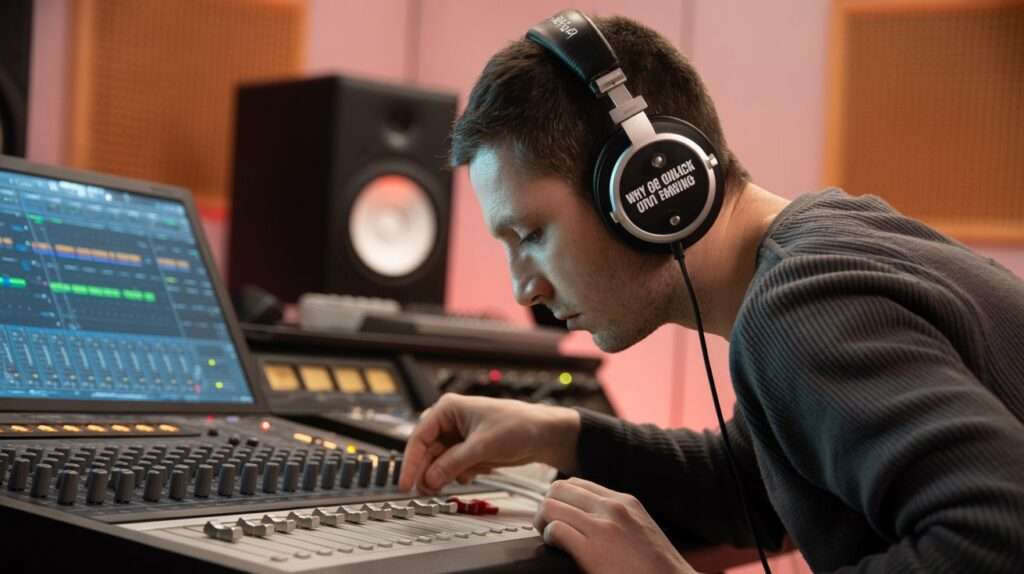
Superior Soundstage and Imaging
One of the biggest perks? The wide, immersive soundstage. Open-back headphones offer a 3D-like perception where you can pinpoint instruments in space. Closed-backs? They sound more like everything’s stuck in a box. Mixing requires this laser focus on where sounds sit, so having that spatial clarity is a total game changer.
More Accurate, Less Fatiguing Listening
Ever gone deaf after a long mixing session? Yep, me too. Open-backs don’t trap sound inside your ears, so your brain doesn’t get overwhelmed by pressure or artificial bass boosts. The result? You can mix longer without ear fatigue. And that means better decisions on every beat drop.
Natural Tonal Balance
Open-back headphones tend to have a flatter frequency response, which is less colored than closed-backs. They reproduce sound closer to real life, so when you tweak the EQ or adjust levels, you’re making choices that actually reflect the end result, whether it hits big on speakers or earbuds.
2. Are Open-Back Headphones Perfect for Every Scenario?
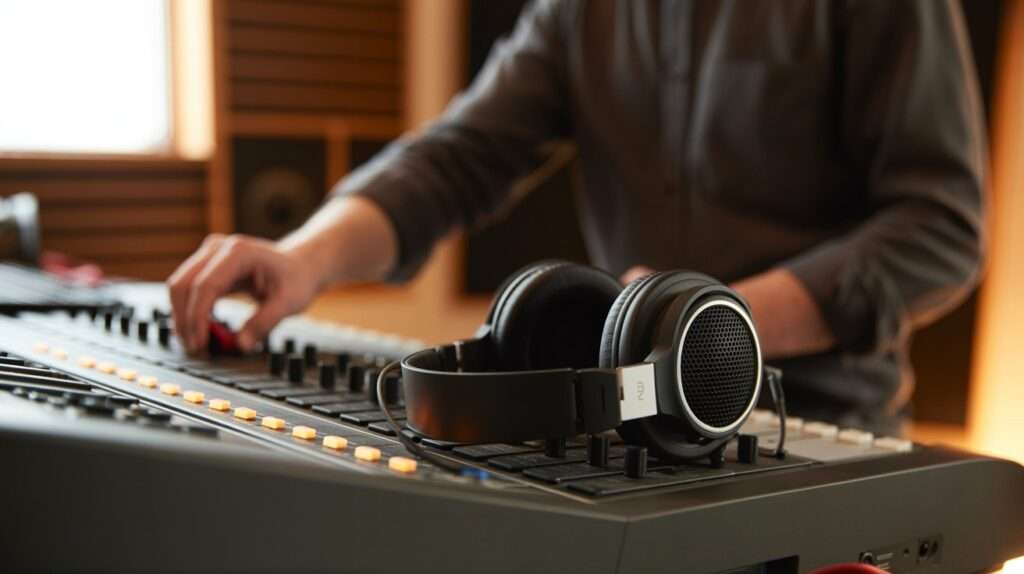
Not exactly. Here’s the deal:
- If you’re mixing in a noisy environment, open-backs might be your worst enemy since they leak sound and let outside noise in.
- For tracking or recording vocals, closed-backs are the go-to. You don’t want microphone bleed from your headphones into your mic, right?
- Also, open-backs aren’t the best choice for casual everyday listening or commuting, unless you want everyone on the bus to hear your playlist.
So yeah, context is king. Open-backs for mixing, closed-backs for recording or noisy places.
3. Comparing Open-Back and Closed-Back Headphones for Mixing
Here’s a quick rundown, because who doesn’t love a good table?
| Feature | Open-Back Headphones | Closed-Back Headphones |
|---|---|---|
| Soundstage | Wide, spacious, natural | Narrower, confined |
| Sound Leakage | High—leaks sound both ways | Low—isolates sound |
| Ambient Noise | Lets outside noise in | Blocks outside noise |
| Ear Fatigue | Less after long use | More pressure buildup, can tire ears |
| Use Case for Mixing | Ideal for detailed, long mixing sessions | Better for noisy environments or tracking |
| Portability | Not great—sound leaks and ambient noise interfere | Better for on-the-go use |
4. My Personal Take (Because Who Doesn’t Like Opinions?)
I started mixing with closed-back headphones. At first, I thought, “Hey, blocking out noise = focus!” But after long sessions, my ears felt like they’d been inside a vacuum cleaner. Also, I found the soundstage pretty claustrophobic. Open-back headphones changed the game for me.
I remember popping on my first pair of open-backs and being blown away by how natural and clear everything sounded. It was like my mixes finally started sounding like real music, not just digital blobs. Plus, the comfort over hours was a huge win. That said, I still keep a reliable pair of closed-backs around for noisy days or doing recording.
5. How to Get the Most Out of Your Open-Back Headphones for Mixing
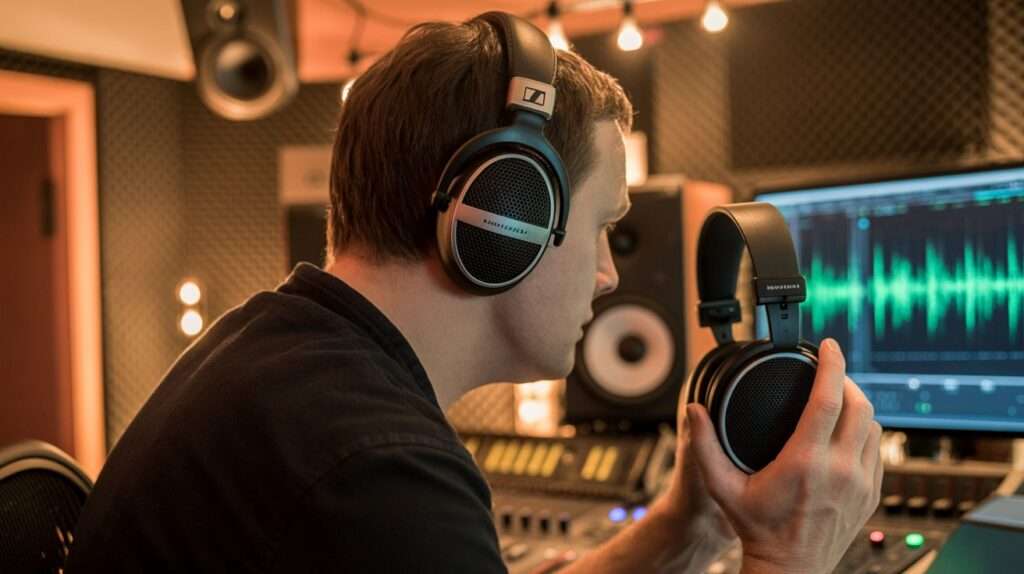
Okay, if you’re sold on the idea and already picturing that crispy, clear sound, here are my top tips:
- Mix in a quiet environment: Open-backs let noise in, so minimize distractions.
- Don’t crank the volume: With the open design, loud volumes can be tempting but harmful.
- Use headphones with a good, flat frequency response: Brands like Sennheiser HD600/650 or Beyerdynamic DT 1990 Pro are legendary in the mixing world.
- Pair with quality audio interfaces or DACs: Your headphones deserve clean, powerful signals to shine.
- Take breaks: Even with less fatigue, your ears need rest.
Frequently Asked Questions
Q: Can open-back headphones replace studio monitors for mixing?
A: Nah, not really. Studio monitors give you a physical sense of the room which headphones can’t fully replicate. But open-backs come pretty close. They’re perfect if you don’t have treated room space or need to mix quietly.
Q: Are open-back headphones more expensive?
A: Sometimes, but not always. You’re paying for quality drivers and design. If you want pro-grade clarity and comfort, it’s worth budgeting a bit more.
Q: Will my mixes translate well if I use open-back headphones?
A: Absolutely! A good open-back set gives a balanced, accurate listening experience that better represents how your mix will sound on other systems.
Conclusion
So, why are open-back headphones used for mixing? Because they give your ears the gift of natural sound, spaciousness, and less fatigue, which is exactly what you need to produce mixes that pop in the real world. They’re not perfect for every situation, but if mixing is your game, having a trusty pair of open-backs is a smart move.
Give them a try and prepare for your ears to thank you. Or keep rocking closed-backs if that’s your vibe—I’m not here to judge. Just know that if you want a wider soundstage and less ear burnout, open-back headphones have your back (and your ears).
Ready to level up your mixing game? Grab a pair of open-backs, turn on your favorite tracks, and get mixing like a pro. Your future self will probably owe you a beer or two for the upgrade 🙂
